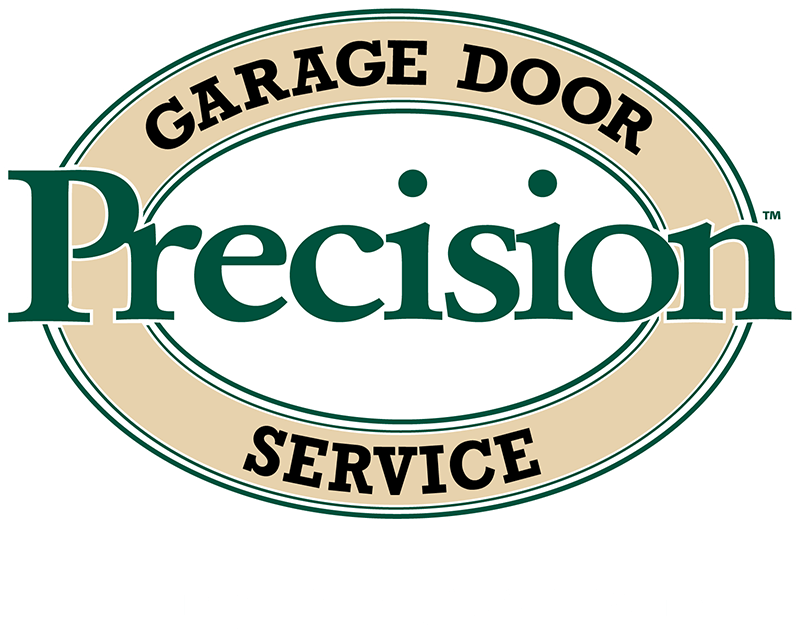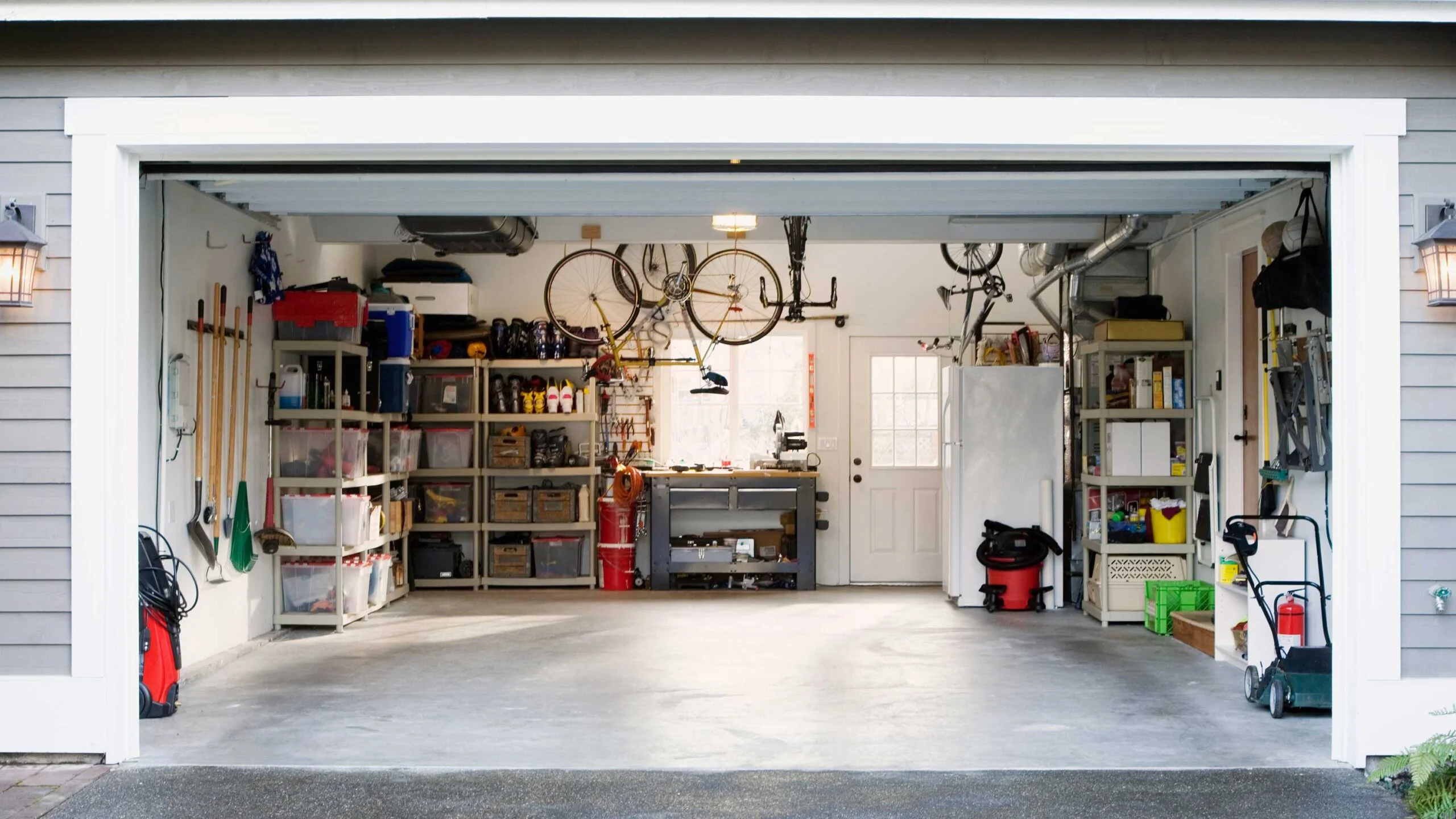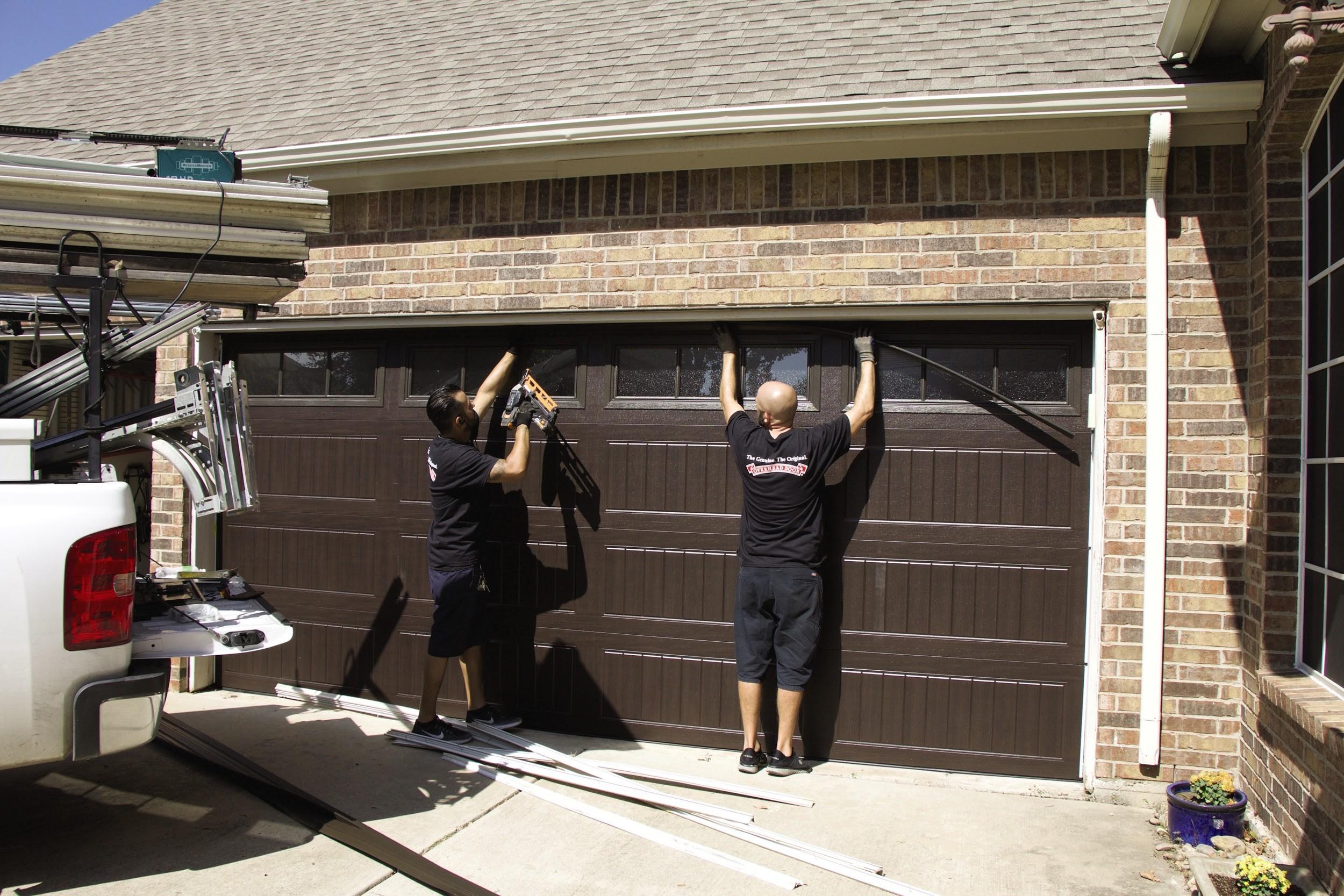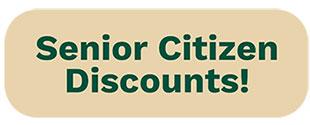
When it comes to garage doors, there’s a lot more than meets the eye. While you may mostly concern yourself with the design or the type of material used, one vital aspect often goes unnoticed: the garage door track system.
This essential component plays a crucial role in the seamless operation of your garage door, whether it’s a standard single or a double door.
In this article, we’ll delve into garage door track types, alignment, maintenance, and more.
What are Garage Door Track Types?
There are primarily three types of garage door tracks: Standard Lift, Vertical Lift, and High Lift. Each comes with its specific set of components and installation methods.
- Standard Lift Tracks: These are common in residential garage doors. The tracks run vertically from the floor and then horizontally into the garage.
- Vertical Lift Tracks: Ideal for industrial or commercial use, these tracks run vertically up the wall and require more ceiling space.
- High Lift Tracks: A combination of standard and vertical lifts, these tracks are great for residential garages with high ceilings.
Understanding Garage Door Track Components
The track system of a garage door is a network of components that work together to ensure the seamless and smooth operation of the door. When you understand these components and how they work, you will be in a better position to maintain your garage door and ensure its longevity. Let’s dive into these critical components:
Vertical Tracks:
The vertical tracks are metal guides that are mounted on the sides of the garage door opening. They guide the door from its resting or closed, position up to the overhead position when opened. Since the door’s weight is considerable, these tracks need to be sturdy and well-mounted to prevent any potential accidents.
Horizontal Tracks:
Once the door has been raised to its fully opened position, it is the horizontal tracks’ job to hold it there. These tracks are attached to the ceiling or overhead structure of the garage and must be perfectly level to prevent any imbalance in the door. They are connected to the vertical tracks using a curved piece of metal known as the track radius.
Track Brackets:
These are sturdy metal brackets used to secure the vertical tracks to the wall. In addition to holding the track in place, they can also be adjusted to modify the track’s width to accommodate different sized doors.
Jamb Brackets:
Jamb brackets serve a critical role in connecting the vertical tracks to the door’s framework. They need to be appropriately installed to ensure that the tracks remain in line and the door operates smoothly.
Track Radius:
This is the curved part of the track that connects the vertical track to the horizontal track. It’s designed to smoothly guide the door from the vertical to the horizontal track when opening, and vice versa when closing.
Rollers:
While not a part of the track itself, the rollers play a critical role in the system. They are attached to the door and roll inside the tracks, allowing the door to glide smoothly up and down. The rollers need to be well-lubricated and in good condition to ensure a smooth operation.
By knowing these components, you’re better equipped to identify and address any problems that may occur with your garage door’s track system. Regular inspection and maintenance can help you avoid potential issues, ensure the door operates smoothly, and prolong the lifespan of the entire system.
Importance of Garage Door Track Alignment
Garage door track alignment is key to the efficient functioning of your garage door. Misaligned tracks can lead to a range of problems, from minor inconveniences like noisy operation to significant issues like a completely stuck or falling door. Therefore, regular inspection for alignment is crucial.How to Maintain and Adjust Your Garage Door Track
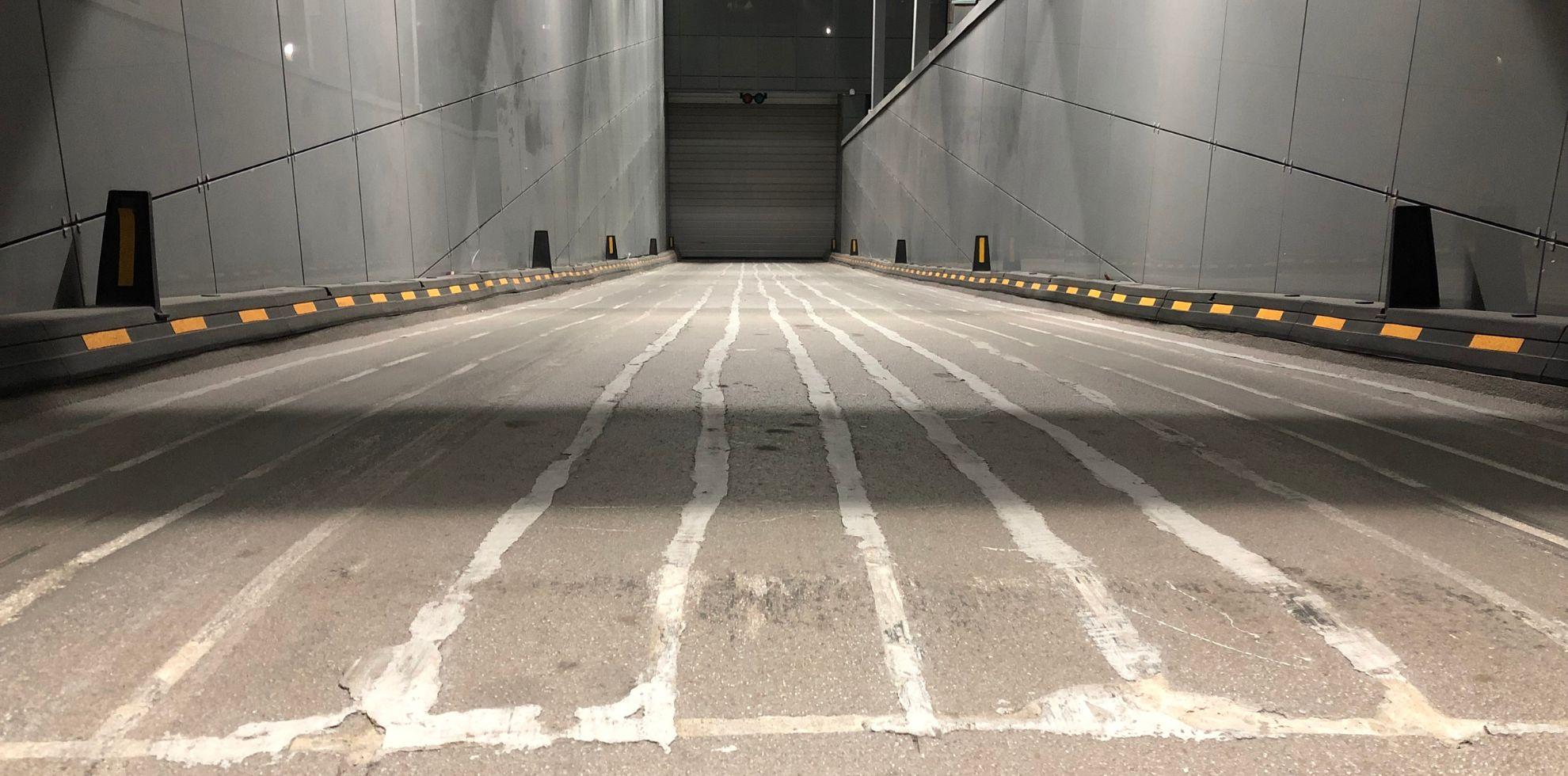
Maintaining your garage door track involves regular cleaning, lubrication, and alignment checks. Use a mild detergent to clean the tracks and then dry them completely. Apply a garage door lubricant to ensure smooth operation.
As for alignment, look for any bending or gaps in the track. If minor, you can gently tap the track with a rubber mallet to correct the alignment. However, significant misalignments should be left to professionals.
If you need further assistance, you can always refer to our step-by-step guide on garage door track adjustment.Garage Door Track Repair and Installation
Sometimes, despite your best efforts, your garage door track may need repair. Bent tracks, rust,
and breakage are common issues that may need professional attention. Remember, attempting to fix a heavily damaged track yourself can lead to injury and further damage to the door.
On the other hand, if you’re installing a new door, make sure to follow the manufacturer’s instructions for garage door track installation meticulously or hire a professional for the task.
Understanding Garage Door Track Systems | Conclusion
A well-maintained garage door track system ensures that your garage door operates smoothly and efficiently. Regular maintenance and timely repair not only extend the lifespan of your garage door but also save you from sudden malfunctions and costly repairs.
Remember, while minor adjustments and maintenance can be done at home, do not hesitate to call in professionals for major repairs and installations.
FAQs (frequently asked questions)
What are the common signs of a misaligned garage door track?
Common signs of a misaligned track include the garage door moving unevenly or at an angle, a noisy operation, the door getting stuck or not fully opening or closing, and visible gaps between the rollers and the track or bends in the tracks.
How often should I maintain my garage door track system?
While there’s no strict rule, it’s recommended to inspect your garage door track system every six months. However, if you notice any unusual operation, such as noise or uneven movement, inspect immediately.
Can I adjust the garage door track myself?
Minor adjustments can be made yourself, such as gently tapping a slightly bent track back into alignment with a rubber mallet. However, for significant adjustments or repairs, it’s advised to hire a professional to avoid any potential injury or further damage to the door.
Can a bent garage door track be repaired, or does it need to be replaced?
Depending on the severity of the damage, a bent track can often be repaired. However, if the track is severely bent or damaged, it may need to be replaced. A professional can best assess the situation.
What kind of lubricant should I use for the garage door track?
Use a garage door lubricant specifically designed for such applications. Do not use grease or oil as they can attract dust and debris, causing the track to become sticky and hinder smooth operation.
How much does it cost to replace a garage door track?
The cost of replacing a garage door track can vary based on various factors such as the type and size of the door, the type of track, and labor costs in your area. On average, you might expect to pay between $100 and $200 for a new track, excluding the installation costs. Always get a quote from a professional service for an accurate estimate.
